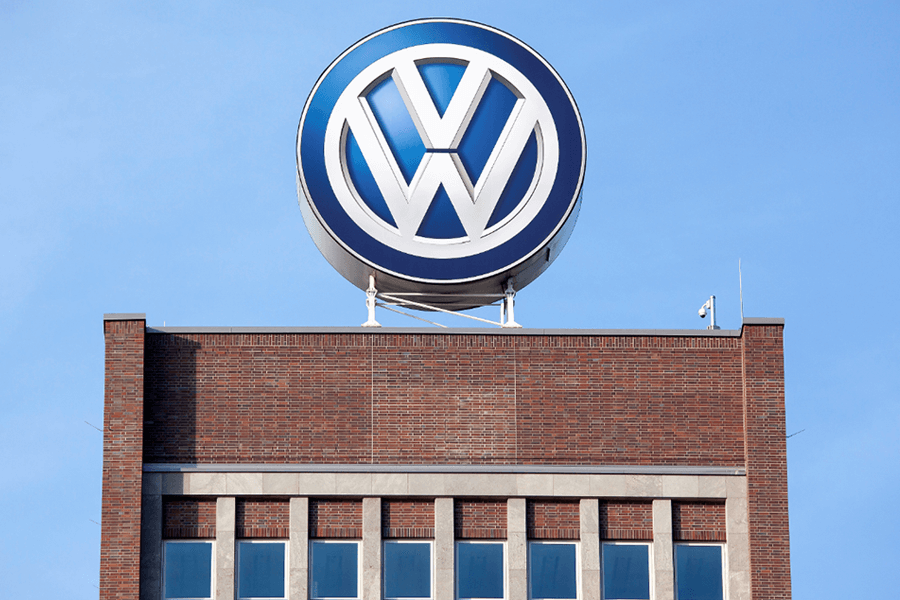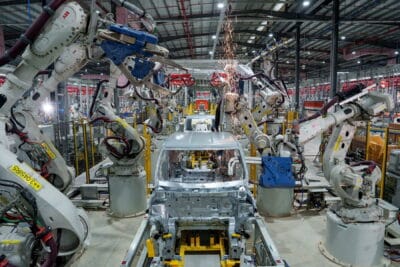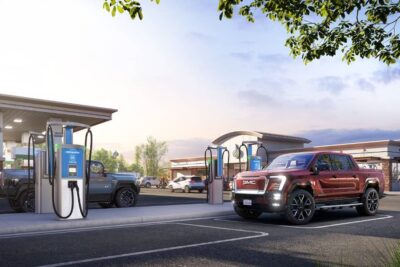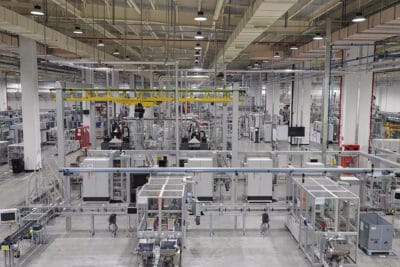VW to build Trinity plant in Wolfsburg
Volkswagen has given the go-ahead for VW’s new Trinity factory and chose the Warmenau district of Wolfsburg near the current plant site.
As reported by the German publication Manager Magazin, citing people involved, the Supervisory Board is also expected to give the green light after the Board’s decision on Friday. The electric car factory is expected to cost a good two billion euros. Capacity is to be rapidly doubled from an initial 100,000 to 150,000 cars per year. However, Volkswagen has not officially confirmed the report.
At the end of January, it was still said that the decision on the location for the planned new production facility for the manufacture of the electric flagship Trinity should be made by the end of this year if possible. At that time, the company said that “various locations in Lower Saxony” were being examined. The neighbouring district of Gifhorn had also expressed interest. But even then, the Wolfsburg district of Warmenau was considered the favourite. According to the Wolfsburger Allgemeine Zeitung, a contract is in the offing.
If the current information from Manager Magazin is correct, this is exactly what would have happened – and well before the end of the year. This also provides clarity, as Trinity plant location had unsurprisingly become a point of contention between management and the works council. The employee representatives demanded planning security for the Wolfsburg employees, who would have been threatened with a job far away from home if VW had built in other parts of Lower Saxony. But that would now be off the table: Warmenau is located north of the Group headquarters on the Mittelland Canal.
As Manager Magazin now correctly asserts, the “Trinity story is also the story of a power struggle”. According to the report, VW Group CEO Herbert Diess even wanted to get out of Lower Saxony altogether to produce the flagship Trinity project, or at least “outside the brick walls” of the existing Wolfsburg main plant. With his taunts, Diess not only angered the works council but also started a power struggle within the Board. In the end, Diess will now get his plant outside the current plant boundaries, but VW brand chief Ralf Brandstätter, who will soon move to Beijing, is considered the architect behind this solution. At the board meeting, Diess had held back – possibly knowing that the supervisory Board would prefer Brandtstätter’s plan in this case.
Back in November, Manager Magazin had reported, without mentioning sources, that the new plant was to be “designed for an annual capacity of more than 200,000 cars in the medium term” – but there was also talk of up to 300,000 cars. This also coincided with information from the Handelsblatt, which, however, referred to Brandstätter. His plan: When Trinity production is up and running, two of the four internal combustion engine lines at the main plant will be converted to the production of electric cars from 2027. The main plant would build 250,000 electric vehicles and 250,000 internal combustion engines per year, plus the roughly 250,000 electric vehicles from the Trinity plant. Throughout the 2030s, the main plant could then be converted entirely – and Wolfsburg could build up to 750,000 electric cars per year.
After a long struggle, the first ID.3s are to be built in Wolfsburg from 2023 – but only as overflow production from Zwickau with parts supplied from Saxony. Total production of the ID.3 in Wolfsburg is then planned for 2024. According to media reports, 60,000 to 80,000 units will then be built per year.
With reporting by Sebastian Schaal, Germany.
manager-magazin.de (in German, paywall)





0 Comments